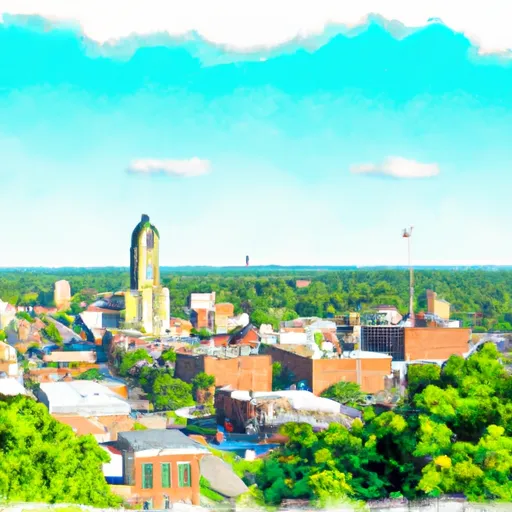°F
°F
mph
Windspeed
%
Humidity











Rutland, Ohio is a small village located in Meigs County, in the southeastern part of the state. The climate in Rutland is classified as humid continental, characterized by warm summers and cold winters. Average temperatures range from around 30°F (-1°C) in winter to approximately 80°F (27°C) in summer. The area receives a moderate amount of precipitation throughout the year, with some snowfall in the winter months.
Rutland is surrounded by beautiful natural landscapes, with the Ohio River to the south and several lakes and streams in the vicinity. The hydrology constituents in the area include the Ohio River, Shade River, and Raccoon Creek, providing ample opportunities for boating, fishing, and other water-based activities. The Ohio River is particularly popular among anglers, with various fish species like bass, catfish, and walleye.
Outdoor recreation enthusiasts can also explore the Wayne National Forest located nearby, offering opportunities for hiking, camping, hunting, and wildlife viewing. Additionally, Rutland State Wildlife Area provides a range of recreational activities including fishing, hunting, and birdwatching. With its scenic surroundings and diverse outdoor opportunities, Rutland is an ideal destination for nature lovers and those seeking outdoor adventures.
Weather Forecast
Rutland receives approximately 1051mm of rain per year, with humidity levels near 81% and air temperatures averaging around 12°C. Rutland has a plant hardyness factor of 6, meaning plants and agriculture in this region thrive during a short period during spring and early summer. Most plants will die off during the colder winter months.
Regional Streamflow Levels
90
Cubic Feet Per Second
99
Cubic Feet Per Second
55
Cubic Feet Per Second
213
Cubic Feet Per Second
Nearby Camping
| Camping Area | Reservations | Toilets | Showers |
|---|---|---|---|
| Chief Logan State Park |



